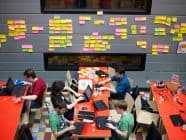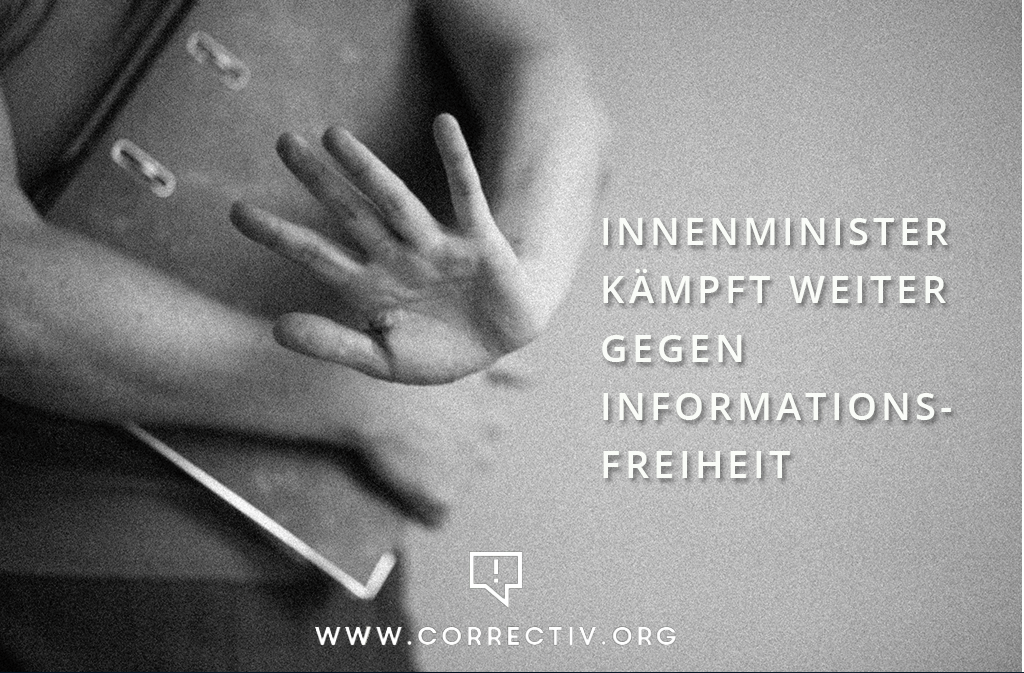Francesco Franchi, art director of IL, the monthly supplement of the Sole 24 Ore, talks about his first book, “Designing News, Changing the World of Editorial Design and Information Graphics” for the Berlin publishing house Gestalten. The book, 70 percent text and 30 percent images, explores the current state of the art of newspapers and information, seen through the eyes of a designer.
Starting from the crisis of periodicals, Franchi discusses case studies of newspapers that have managed to use graphics as a lever to carve out a space for themselves both offline and online. According to the author, the design of newspapers has too often been overlooked in the newspaper transformation process, when in fact it should be one of the most important factors of innovation in this sector: “The book is inspired by the power that design can have when it becomes part of the editorial office”, says Francesco Franchi. “This concept originates from my thesis which played with the idea of completely re-thinking newspapers, giving design a prominent role”.
Among others, “Designing News” looks at the cases of the New York Times Magazine, of USA Today and of Eureka, the scientific supplement to of the Times, newspapers that have known how to re-think – and not just graphically – their product bearing in mind the new information scenario, confiding in design as a way of conveying content in an innovative way. In his book, Francesco Franchi proposes a new approach to the figure of the information designer who has to work alongside the reporters in the “integrated newsroom” . Francesco Franchi talks to us about his “Designing News”.
In your book you emphasise the difference between “re-styling” and “re-thinking” the design of newspapers. What do you mean?
“Re-styling is not actually re-thinking; in this process design comes into play only at the end, on an aesthetic level. I want to re-launch the idea of rethinking, where the designer is part of a professional dialogue with other professionals, taking part in the editorial decision-taking process. The advantages are found at process level where, to quote Le Corbusier, a designer is not a creator of models but an organiser and re-thinker; at solution level, instead, it can help understand the importance of infographics or digital. It is important to rethink the meaning of newspapers and design is one of the key points of the transformation that newspapers are undergoing.”
Why is this change in outlook necessary? What mistakes have been made in the past?
“Too often it has been thought that a mere aesthetic change of graphics, limited to changing font or format to reduce the impact of costs, was the best ways of re-launching a newspaper. However, with the advent of the iPad it became clear that this tool was often only a mere homothetic transformation: the plane changes but the form remains the same. Then came the transition from paper to digital: separators and newsstands entered a universe where content, along with time and space, were atomised. The periodicity of newspapers no longer exists and the filters now intervene after, and no longer before publication. A newspaper must now filter the news and provide in-depth reports”.
What are the fundamental elements of a good design product for information. Is there a specific recipe?
“There are two approaches: on one hand there is information, on the other, communication. You can have a very cold product, close to the content, or something closer to communication, where you try to sell information in a more attractive way. When there is good integration, as in the case of Katachi, the apps can become games and the reader can literally play with the pages. At the other end of the spectrum there is the Bloomberg Businessweek app, a hybrid between a site and an interpretation tool; this is an excellent app at information level. As regards rules, those of design or those of Information Architect, which have a lot in common, apply: clear, sharp design paying close attention to typography. I think that this is the starting point for every good project both on paper and on the web. Another crucial aspect is editorial experience design which comprises acknowledging the classical principles of the traditional press but adapting them to the rules of user experience”.
But how can design act as a springboard for journalistic quality?
“Editorial design gives shape to the content which lies at the heart of everything. In any case, design is also content in itself, because the way it represents things is the way you will provide information. One of the strong points of IL was the union between the graphic and journalistic part, where even the journalists have started thinking graphics. Speaking to Richard Turley, creative director of Bloomberg Businessweek, I discovered that the same thing had happened at his newspaper too. Right from outset, the idea was to introduce the modus operandi of a design study in an editorial office which often has a strict hierarchy with clearly assigned duties. The integration performed at IL acts almost on a time plane and works to the extent to which it makes one think not necessarily in a linear way about the content and the way in which information is provided”.
In your opinion which are the best newspapers from the point of view of designing the news?
“The Guardian has always considered design to be fundamental, also for the development of the brand. Typography, for example, works perfectly on paper, on the screen, in advertising campaigns, on signs in the editorial office, and in the Guardian Coffee, where the menus are iconographic. The New York Times is also doing a good job, starting with the “Snow Fall”. In Italy there are some excellent projects at magazine level like Studio or Internazionale. An interesting case is the re-birth of magazines which level a niche and the quality of the content and packing: in Spain independent newspapers have been launched by journalists who have lost their jobs in the major newspapers or in France, the creation of mook, a hybrid product between magazine and book, sold in bookshops.
This article was translated by Ann Jamieson from the Italian “Il giornali vanno ripensati, non redisegnati,” published on October 8, 2013.
Photo credits: Malvina Monteggia
Portrait credit: Alan Chies
Tags: 24 Ore, deisgn, designing news, Digital Journalism, editorial design, Francesco Franchi, New York Times, News, news design, NYT, USA Today













































